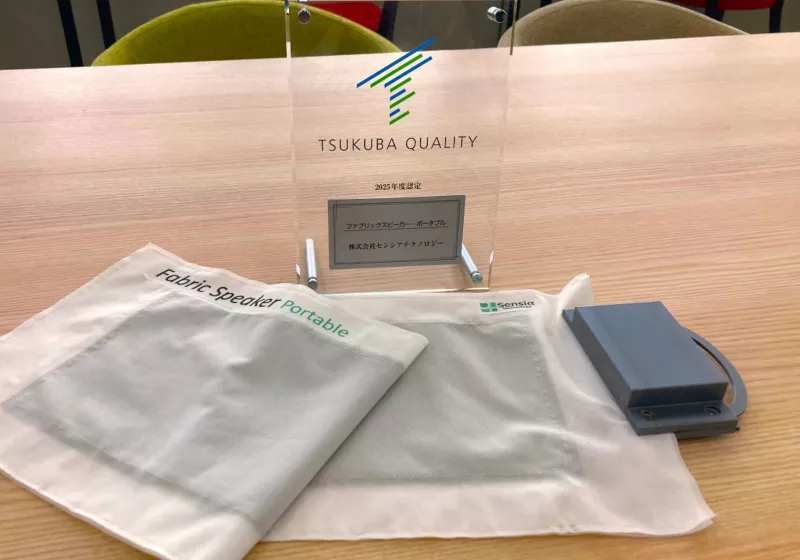Innovation has never been more essential, or more misunderstood.
As UK businesses race to stay ahead, they’re under increasing pressure to innovate while justifying every pound spent.
In these circumstances, redefining what constitutes research and development (R&D) has become a necessity.
Head of Technology at EmpowerRD.
Despite government support and generous tax incentives, many businesses still struggle to fully understand and utilize them.
As a result, both ambitious startups and established enterprises in the UK face increasing challenges in preparing compliant R&D tax claims and demonstrating the value of their innovation.
When “innovation” becomes a buzzword
In many boardrooms, ‘innovation’ is used as a broad term for progress, but under HMRC’s guidelines, only specific R&D activities that meet defined criteria qualify for tax relief.
However, when it comes to receiving R&D tax credits, the ambiguity becomes a problem. HMRC defines R&D as work that seeks to achieve a scientific or technological advance and resolve uncertainty.
Yet, this description often differs from how innovation is interpreted in practice.
Businesses may believe their product updates or process improvements are “too routine” to qualify, while others might incorrectly claim commercially-driven changes with no underlying technical challenge.
As a result, many either overclaim, risking enquiries, underclaim, and miss out, or do not make a claim at all.
The disconnect between policy and practice
This hesitation may be a core reason for the drop in R&D claims. According to HMRC figures, claim volumes dropped by 21% in 2022–23 compared to the previous year, with claims through the SME scheme alone falling by 23%.
It will be interesting to see how these figures change once HMRC’s latest report is released in September, particularly as the UK Government has committed £86 billion to science and tech innovation by the end of this Parliament.
Part of the issue is increasing complexity. The merger of the SME and RDEC schemes last year introduced new rules, reduced relief rates for some, and restricted overseas R&D eligibility.
Under the merged scheme, all businesses must claim at the same rate regardless of their size, which allows 20% as a taxable credit (one exception to this rule that is worth noting is that loss-making R&D-intensive SMEs are still eligible to claim more).
The additional information form is now a mandatory part of all claims, which needs to be submitted in advance of the Company Tax Return.
Due to these changes, companies now need to document and justify the eligibility of their R&D activities in detail.
What SMEs are getting right
Startups and scaleups, particularly those without legacy systems, often have an advantage in aligning their R&D activity with HMRC eligibility criteria.
Their processes tend to be more agile, with clear project tracking and integrated documentation, making it easier to prepare compliant claims from the outset.
That being said, many of these firms are already embedding digital tools into their workflows. Cloud-based platforms, issue-tracking software like JIRA, and collaboration tools such as Notion or Confluence allow engineers and product teams to capture technical progress in real time.
This creates audit-ready documentation by default, rather than as a manual process at year end. Larger businesses, on the other hand, frequently deal with fragmented data, inconsistent definitions of innovation across teams, and walled R&D processes.
That complexity raises the potential risk of filing a non-compliant claim, which is especially relevant now that 20% of all R&D tax claims are being investigated by HMRC, a figure that has increased fivefold since 2022.
The risk of doing nothing
Recent headlines have thrust into the spotlight the real-world risks of getting it wrong. In April 2025, The Times reported on a men’s health app facing a £400k clawback after HMRC rejected their R&D claim.
The Financial Times followed with coverage of a founder calling the crackdown “a horrible situation” that punishes genuine innovation.
These cases highlight how digital-first companies, even those with advanced products, are not immune to HMRC’s scrutiny. The technical nature of the work needs to be documented in a way that aligns with policy, not just commercial positioning.
These headlines are not exceptions; they reflect a tightening compliance in the R&D credits landscape that requires businesses to work with clarity and precision in claims.
Companies must be able to explain not only what they accomplished, but why it qualifies as R&D under HMRC guidelines.
So, what should businesses do?
The first step is to stop thinking of R&D relief as a year-end checkbox. Instead, view it as a strategic instrument to support innovation investment. That entails developing a clear internal understanding of what constitutes R&D and capturing that knowledge as part of day-to-day operations.
Second, match internal definitions of innovation with HMRC’s terminology. To ensure that the correct narrative is captured, cross-functional coordination is frequently required across finance, technical, and product teams.
Third, invest in the right systems. Embedding structured documentation into technical workflows is no longer optional.
By using platforms that capture code commits, technical discussions, and problem-solving in real time, businesses create a verifiable trail of their innovation efforts. This not only strengthens claims but also reduces the risk of non-compliance.
Why Government and industry need to work together
For the UK to become a genuine global innovation leader, we need to remove the friction that’s holding businesses back. That starts with redefining and demystifying R&D, which will ensure that companies can identify, fund, and articulate their innovation efforts with confidence.
Technology has a role to play here as well. By standardizing digital record-keeping and encouraging the use of integrated tools, the process of capturing and reporting R&D could become far more transparent.
Government guidance that reflects how technical teams actually work would help close the gap between policy and practice.
HMRC’s scrutiny is here to stay. But with the right definitions, tools, and processes, we can make sure businesses aren’t discouraged from innovating; they’re empowered to do more of it.
We've featured the best business intelligence platform.
This article was produced as part of TechRadarPro's Expert Insights channel where we feature the best and brightest minds in the technology industry today. The views expressed here are those of the author and are not necessarily those of TechRadarPro or Future plc. If you are interested in contributing find out more here: https://www.techradar.com/news/submit-your-story-to-techradar-pro







 English (US) ·
English (US) ·